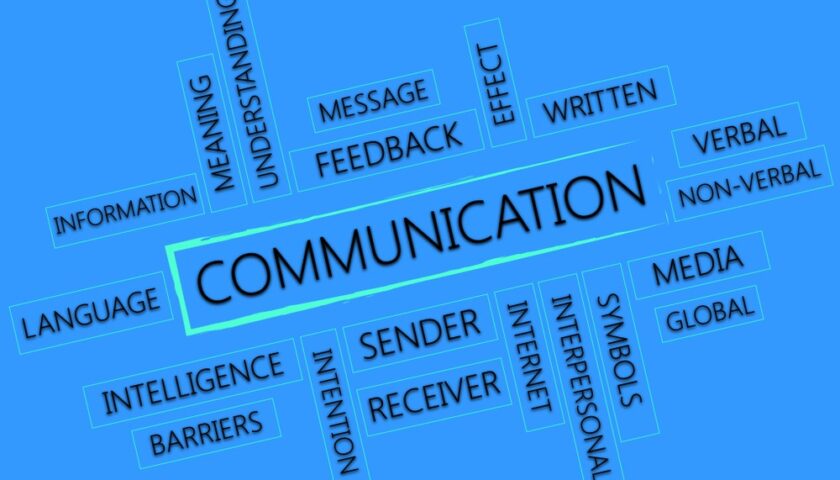Once, Lord Indra got upset with farmers, he announced there will be no rain for 12 years and you won’t be able to produce crops. Farmers begged for clemency from Lord Indra , who then said , Rain will be possible only if Lord Shiva plays his Damru. But he secretly requested Lord Shiva not to agree to these Farmers & when Farmers reached Lord Shiva he repeated the same thing that he will play Damru after 12 years. Disappointed Farmers decided to wait till 12 years.
But one Farmer regularly was digging, treating & putting manure in the soil & sowing the seeds even with no crop emerging. Other Farmers were making fun of that Farmer . After 3 years all Farmers asked that Farmer why are you wasting your time n energy when you know that rains will not come before 12 years. He replied “I know that crop won’t come out but I’m doing it as a matter of “practice”. After 12 years I will forget the process of growing crops and working in the field so I must keep it doing so that I’m fit to produce the crop the moment there is rain after 12 years.”
Hearing his argument Goddess Parvati praised his version before Lord Shiva & said “You may also forget playing the Damru after 12 years!” The innocent Lord Shiva in his anxiety just tried to play the Damru, to check if he could….and hearing the sound of Damru immediately there was rain and the farmer who was regularly working in the field got his crop emerged immediately while others were disappointed.
It is the practice that keeps on making you perfect.
How Much Does Practice Matter?
There has been considerable interest and research on this subject and various studies suggested that what separates the talented individual from the successful one is a lot of practice. This led to popular notion of “10,000 hour rule” or the idea that it takes 10,000 hours of practice to become an expert. Experts further suggest that right kind of practice is what really matters when trying to optimise learning and enhance skills.
What is the Best Way to Practice?
In aviation, most of the pilots think that actual hands-on experience is the only way to learn a new skill but it leaves out another very important type of rehearsal—mental practice or commonly referred to as “Chair Flying”. Mental practice involves imagining the procedures you must go through to perform a task. For example, a pianist might mentally practice a piece of music while an actor might mentally rehearse his role in a play. One 2008 study found that medical students who combined mental practice with hands-on experience did better when performing real surgery than those who had only relied on physical practice and textbook reading. Chair flying involves taking a few quiet moments to visualize a specific aircraft procedure or task and perform each step in your mind, often by talking through it out loud and going through the appropriate motions with your hands and feet. Year 1993, when I embarked in aviation, there were hardly any simulators around and all I had was cockpit mockup which I had drawn myself and pasted it at the rear of door of the room. I would spend hours sitting in front of mockup and going over each phase of flight with help of SOPs, QRH and Pilots Notes (flight manuals). I would correct mistakes of previous flight and bring changes so as to bring in more perfection. I would practice the entire flight of next day in front of the mockup. Here, I would revise different manoeuvres, situations, scan patterns and flows. It was simplest way to complement flight training without leaving the comfort of my room.

How to Practice?
Researchers have also found that the way a person practices influences how well a skill is learned. Chair flying can help you reduce the cost of learning to fly. A basic chair and a creative imagination are all that you need to reinforce the actions learned in your flight training.
- Aim for perfection. Though the saying is practice makes perfect, we should tweak it to perfect practice makes perfect. The goal with chair flying is to practice the correct procedure, call outs, and muscle memory. Needless to say, if not executed with sincerity, this can be detrimental and lead to the formation of bad habits.
- Observe experts (flight instructor) and follow them.
- With little imagination, you can practice different situations and reinforce the actions and develop muscle memory. The ability to flow from different configurations or phases of flight will make you more efficient and confident in the aircraft, and that starts with the visualization practice you gain from chair flying.
- Talk yourself through each session and say each step aloud. This is crucial. This way you remain focused and are able to catch mistakes and rectify them.
- Lastly, though it may seem or feel silly, put yourself through the physical motions. This is going to reinforce the muscle memory and motor skills associated with that particular action.
Chair flying is a beneficial practice at every stage of flight training, whether you’re a private pilot student or an airline captain. Chair flying before a flight will help ensure that you’re prepared for your upcoming lesson or task. Similarly after each flight and with new information from your instructor, chair flying gives you an opportunity to tweak and build on your new technique to perfection. Chair flying is like poetry, it makes us wiser and better by continuing to reveal beauty and truth about flying.
Not failure, but low aim, is a crime.
James Russell Lowell



